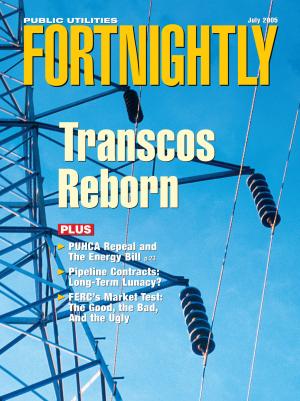Which utilities and states will be most affected by the new rules?
Kent Knutson is with Global Energy Decisions. Contact him at kknutson@globalenergy.com.
The May issue of Public Utilities Fortnightly included a lengthy discussion by EPA officials of the Clean Air Interstate Rule (CAIR), explaining the details behind the landmark regulations in terms of benefits and costs (see “The EPA Speaks Out: The Clean Air Interstate Rule Explained”). But which states, companies, and generating units will be most affected by the new rules?

The CAIR rulings affect 28 Eastern states and the District of Columbia. Figure 1 illustrates the amount of annual emissions reductions from 2004 levels necessary to comply with the two phases (2009/10 and 2015) of CAIR. Twenty-six of the affected states were granted allowance budgets for annual SO2 and NOX emissions. Two of the 28 (Arkansas and Massachusetts) are required to comply only with seasonal ozone limiting regulations and are exempt from annual caps under CAIR. The final rules excluded Kansas, based on new analysis of its contribution to downwind particulate emissions.

